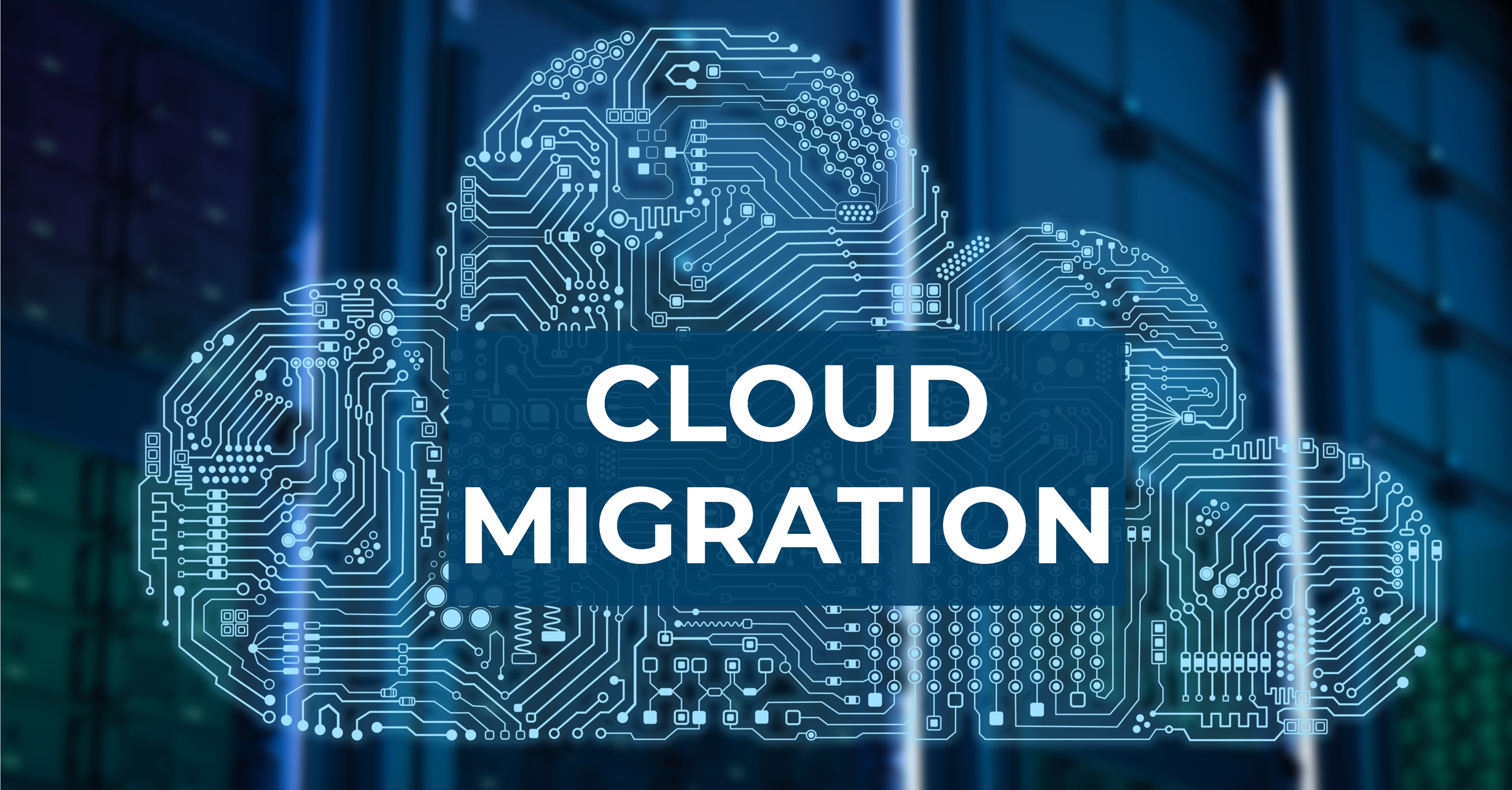
Best Practices for Transitioning to the Cloud
Cloud-hosted enterprise software serves as an easy, cost-effective and mobile solution to streamline business processes. This doesn’t mean, however, that businesses are racing to migrate from their legacy systems to the cloud. Many organizations, particularly mid-size manufacturers, continue to run on-premises software because they simply don’t know how to make the switch to a modern cloud solution.
To help businesses enjoy the agility and scalability of cloud computing, we’ve put together some tips for transitioning off outdated software. All successful software projects require interdepartmental communication and thorough planning. Cloud software projects are no exception. Reaping the benefits of cloud-based ERP, CRM or integrated systems requires diligence and expert guidance. To help you transform your business with a well-implemented cloud software instance, check out these useful dos and don’ts.
Do: Communicate
When making a substantial change to your enterprise software instance, it’s nearly impossible to communicate too much with colleagues. A smooth transition into the cloud requires training as well as numerous notifications. Begin training users early on. This not only eases the migration but helps garner support for the change. The more people in favor of moving to the cloud, the more excited and involved everyone will be in the process. Keeping people in the know is crucial to prevent employees from becoming disgruntled. Alert employees, even those not directly involved in the migration, as well as third parties that may have access to your systems of possible outages or new URLs.
Don’t: “Lift and Shift”
Businesses are often surprised to find that migrating from on-premises to the cloud often requires more than just moving systems as-is into the cloud, a process nicknamed the “lift and shift.” Cloud-hosted software offers a tremendous range of services which tends to prove as daunting as it is exciting for new users. To leverage this immense functionality, businesses need to develop a plan for budgeting and managing services on an ongoing basis well before starting the actual transition. As with any software project, businesses should take a careful look at their business processes, determining which practices need continued support and which practices need modification before finding the tools that will enable smooth operations.
Businesses should especially avoid the “lift and shift” method when implementing a security strategy. Cloud computing tends to be safer than on-premises systems, but security strategies are still crucial to protect data. Retaining the same security tools that you implemented for on-premises software will leave your cloud-based system vulnerable to the most common sources of data breaches. Deploy cloud-native security features to ensure sensitive data remains safe from hackers.
Do: Change Your Mindset
The point of migrating systems to the cloud isn’t to perform tasks the way they’ve always been done; the point is to enact changes to perform tasks better than they’ve ever been done. In other words, users must change their mindsets and their methods for completing job tasks to experience the benefits of cloud computing. The cloud enables increased automation, but some work needs to be done on your end to take advantage of this feature. When looking at your business processes, determine which practices can benefit from automation, or create new practices that can be automated for greater efficiency.
The cloud also empowers employees to work from any device. Mobility provides numerous incentives for the millennial workforce and those who frequently work on the go. Users enjoy the freedom of performing tasks on the device of their choice and having access to crucial functions while traveling. But embracing mobility in the workplace requires a rethinking of business practices. Businesses should create a roadmap that lays out a plan for determining which processes to make accessible on devices. What are the best applications to foster collaboration? What tasks are most important for users to execute on their phones? Conduct some research and speak with users to determine the best strategies to modernize your business with cloud mobility.
Don’t: Go It Alone
To mitigate risk and ensure a successful cloud migration, look no further than Datix. As an Epicor Gold Partner with 20 years of premier software consulting under our belts, Datix is the most trusted source for enterprise software solutions that advance manufacturing and distribution businesses. A one-stop shop for ERP, CRM, eCommerce, BI, integrations and disaster recovery solutions, we can help organizations fully install and manage cloud deployments.
Furthermore, Datix recently earned the distinction of being one of the first Epicor certified partners for managed hosting. That means we’ve established ourselves as trusted experts in hosting ERP in the cloud. When you team up with Datix to deploy Epicor in Microsoft Azure, you gain fast performance, unlimited scalability and comprehensive support. Best of all, you can upgrade ERP on your schedule, not on your vendor’s schedule.
Want to learn more about the process of transitioning to the cloud? Contact Datix today!
{{cta(‘770c1544-d87d-4acb-9fc4-7a25e1385094′,’justifycenter’)}}

